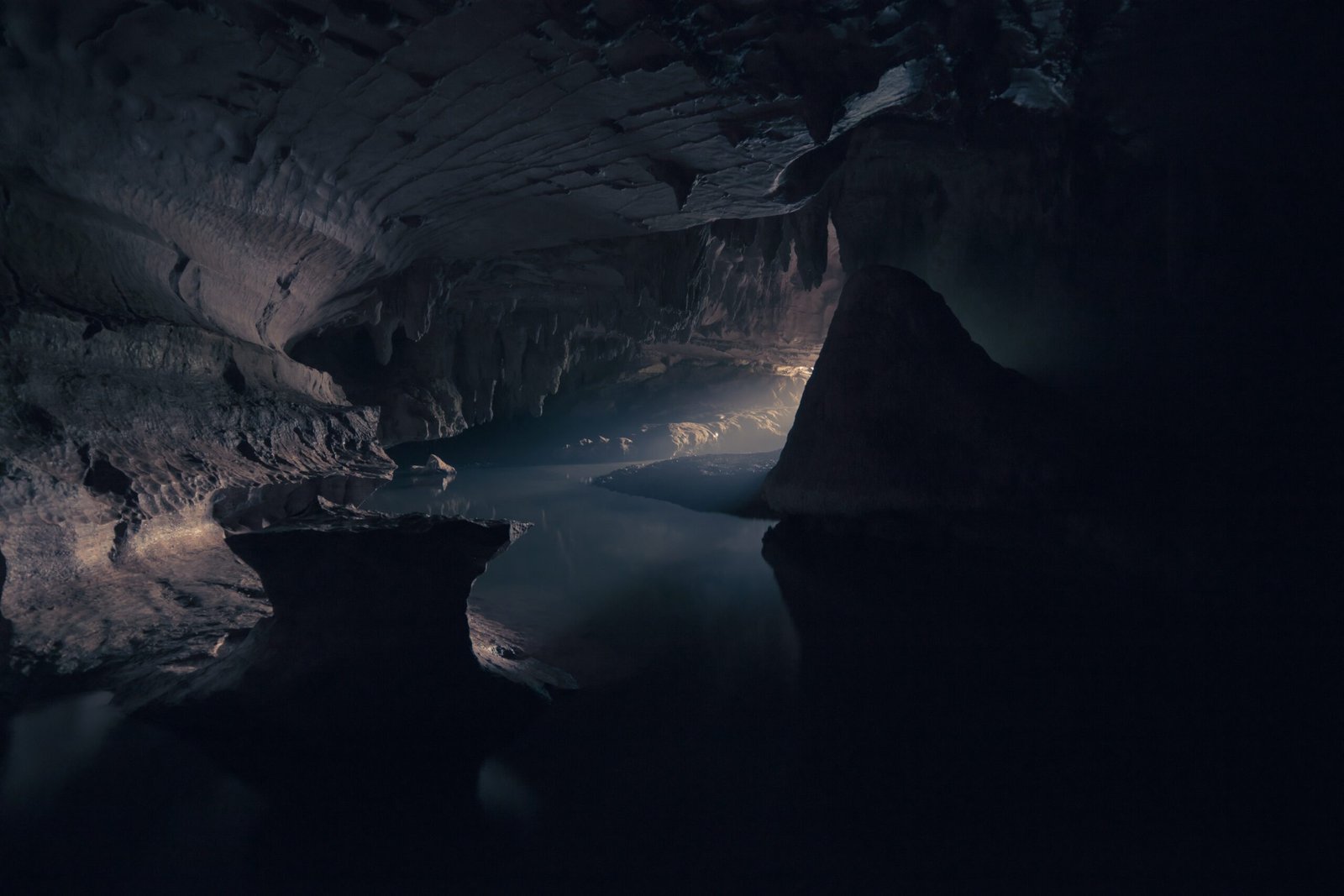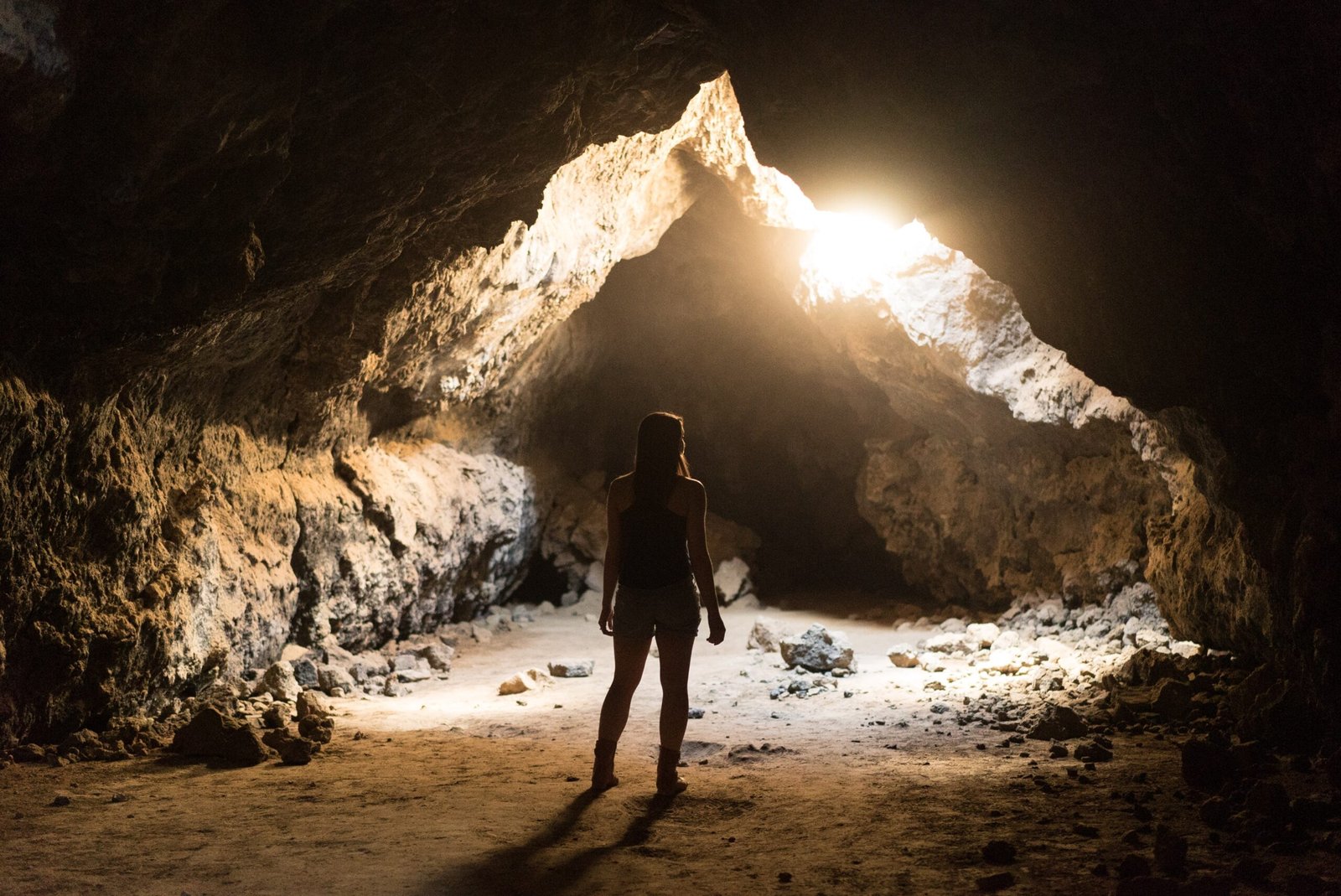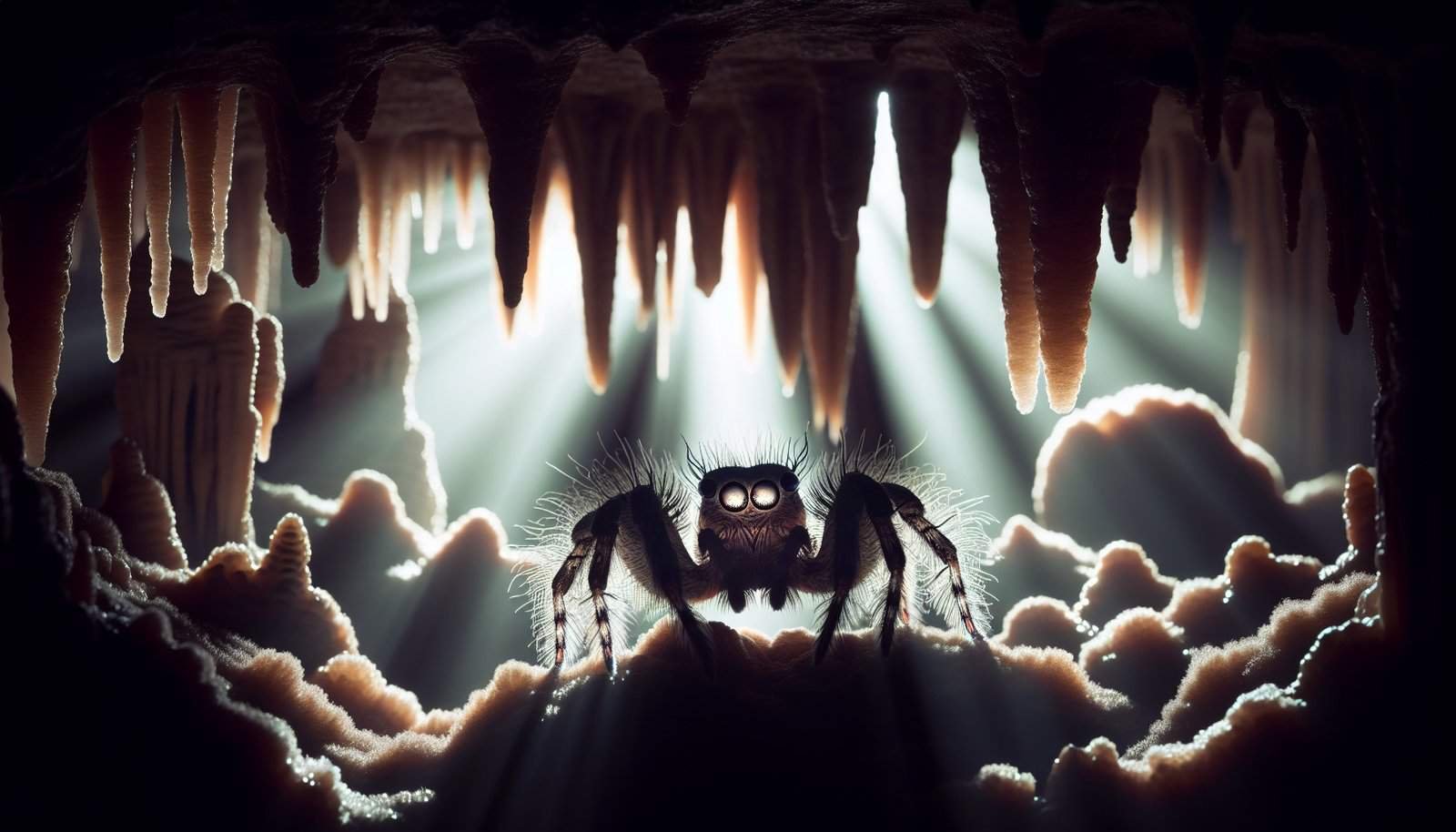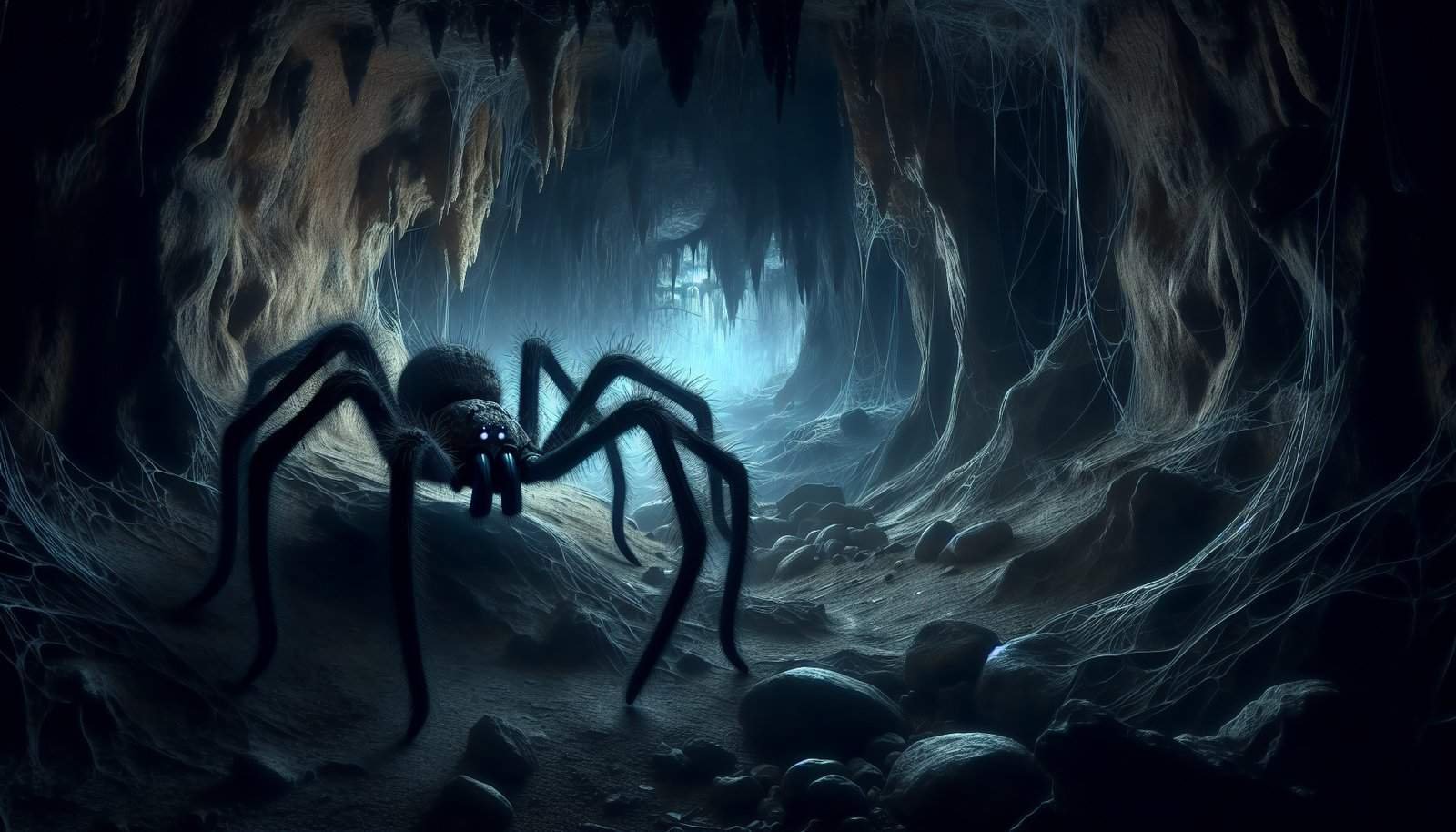Are you an arachnid enthusiast looking to expand your collection of captive spiders? If so, you may be intrigued by the captivating world of cave-dwelling spider species. With their unique adaptations and mysterious habitats, these spiders offer a fascinating addition to any arachnid lover’s collection. But where should you start? In this article, we will explore several cave-dwelling spider species that are recommended for captivity, providing you with valuable insight into their care, habitat requirements, and captivating characteristics. So, grab your terrarium and get ready to embark on an exciting arachnid adventure!
Cave-Dwelling Spider Species Suitable for Captivity

Introduction
If you have a fascination with spiders and are looking for a unique and interesting pet, you may want to consider keeping cave-dwelling spider species. These spiders have adapted to their dark and damp environments, making them intriguing creatures to observe. Not all cave-dwelling spider species are suitable for captivity, but there are several that can thrive in an enclosed space and provide you with a captivating and educational pet.
1. Pholcidae (cellar spiders)
One of the most commonly encountered cave-dwelling spider species is the Pholcidae, also known as cellar spiders. These delicate and long-legged spiders are often found in caves, basements, and other dark spaces. They are easily recognizable by their characteristic messy, cobweb-like webs. Cellar spiders are relatively low-maintenance pets, requiring minimal interaction or handling. They feed on small insects and can be housed in a terrarium with appropriate humidity levels and hiding spots.
2. Meta menardi (cave spider)
The Meta menardi, commonly known as the cave spider, is a spider species that has adapted specifically to dark and damp cave environments. They are skilled web-builders, constructing intricate funnel-shaped webs that they use to catch their prey. Cave spiders are not aggressive and can make fascinating pets for those interested in observing their intricate web-building behavior. Providing them with a suitable terrarium that mimics their natural environment and ensuring an adequate food supply will help these spiders thrive in captivity.
3. Dysderidae (woodlouse spiders)
Dysderidae, or woodlouse spiders, are another group of cave-dwelling spiders that can adapt well to captivity. These spiders are named for their diet, as they primarily feed on woodlice and other small invertebrates found in cave ecosystems. Woodlouse spiders are relatively small in size and do not require a large enclosure. Setting up a terrarium with appropriate substrate, humidity, and temperature levels will help replicate their natural habitat.

4. Leptonetidae (leptonetids)
Leptonetidae, commonly known as leptonetids, are a diverse family of spiders that inhabit caves and other subterranean environments. These spiders are small and usually have elongated bodies, allowing them to navigate through narrow cave passages. Leptonetids are adept hunters, feeding on small arthropods and other spider species. Keeping these spiders in captivity requires a terrarium with sufficient space for them to move and hunt, as well as providing suitable prey sources.
5. Theridiosomatidae (ray spiders)
Theridiosomatidae, also known as ray spiders or ray spiders, are a unique and visually intriguing group of cave-dwelling spiders. They are characterized by their elongated cephalothoraxes and long legs, resembling rays swimming gracefully through water. Ray spiders are not commonly kept in captivity but can be a fascinating addition to an arachnid enthusiast’s collection. Due to their specific habitat requirements, including low light levels and moderate humidity, providing a suitable terrarium environment is crucial for the well-being of these spiders.

6. Hersiliidae (long-spinneret ground spiders)
Hersiliidae, or long-spinneret ground spiders, are a family of spiders that can be found in caves, forests, and other natural habitats. These spiders are known for their unique hunting style, as they use a combination of silk lines and acrobatic movements to capture their prey. Long-spinneret ground spiders are highly adaptable and can thrive in captivity if provided with an enclosure that allows them to display their natural hunting behaviors.
7. Liphistiidae (trapdoor spiders)
Liphistiidae, commonly known as trapdoor spiders, are fascinating cave-dwelling spiders that construct intricately designed burrows with precisely fitted trapdoors. These spiders spend most of their time within their burrows, waiting for unsuspecting prey to pass by before ambushing them. Keeping trapdoor spiders in captivity requires creating a suitable burrow-like enclosure with a functioning trapdoor mechanism, which allows these spiders to exhibit their natural behaviors of hunting and burrow construction.

8. Porrhothelidae (orangefoot spiders)
Porrhothelidae, or orangefoot spiders, are small cave-dwelling spiders characterized by their distinctive orange-colored legs. These spiders are primarily found in the Southeast Asian region and have adapted to the dark and damp cave environments in this area. Orangefoot spiders can be kept in captivity, but their specific habitat requirements, including humidity and temperature levels, must be replicated to ensure their well-being.
9. Ochyroceratidae (midget ground spiders)
Ochyroceratidae, also known as midget ground spiders, are a family of spiders that include various species adapted to cave ecosystems. These small-sized spiders are great for captivity due to their low maintenance requirements and ease of care. Midget ground spiders do not require a large enclosure and can thrive in a small terrarium with appropriate hiding spots and a diet consisting mainly of small insects.

10. Filistatidae (crevice weavers)
Filistatidae, commonly known as crevice weavers, are unique cave-dwelling spiders that construct their webs in narrow and dark crevices. These spiders are characterized by their elongated bodies and strong jaws, which help them capture and immobilize their prey. Crevice weavers can be kept in captivity if provided with a suitable enclosure that mimics their natural habitat, including tight spaces for web construction and regular food supply.
In conclusion, cave-dwelling spider species offer an exciting opportunity for those interested in keeping unique and captivating pets. While not all cave-dwelling spiders are suitable for captivity, several species, including Pholcidae, Meta menardi, Dysderidae, Leptonetidae, Theridiosomatidae, Hersiliidae, Liphistiidae, Porrhothelidae, Ochyroceratidae, and Filistatidae, can thrive in an enclosed environment if provided with the appropriate terrarium setup and care. Before acquiring any spider species, it is essential to research their specific needs and requirements to ensure the well-being of both the spider and the keeper.
